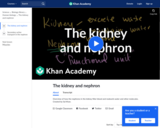
Overview of how the nephrons in the kidney filter blood and reabsorb water and other molecules.
- Subject:
- Agriculture & Natural Science
- Biology
- Material Type:
- Lesson
- Provider:
- Khan Academy
- Author:
- Sal Khan
- Date Added:
- 09/22/2013
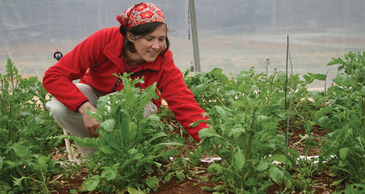

Overview of how the nephrons in the kidney filter blood and reabsorb water and other molecules.
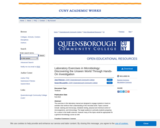
The exercises in this laboratory manual are designed to engage students in hand-on activities that reinforce their understanding of the microbial world. Topics covered include: staining and microscopy, metabolic testing, physical and chemical control of microorganisms, and immunology. The target audience is primarily students preparing for a career in the health sciences, however many of the topics would be appropriate for a general microbiology course as well.
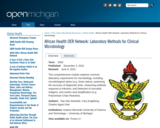
This comprehensive module explores common laboratory experiments for microbiology, including microbiological stains (e.g. Gram stains), assessing the accuracy of diagnostic tests, measuring antibody response to infection, and Detection of microbial antigens, and nucleic acid amplification (e.g. Polymerase Chain Reaction).
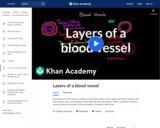
Remember the 3 key layers of a blood vessel (Tunica intima, Tunica media, and Tunica externa) and how arteries, veins, and capillaries are all different from one another. Rishi is a pediatric infectious disease physician and works at Khan Academy.

Take a closer look at the heart, explore some of its interesting features and get to know the three layers that make up the heart. Rishi is a pediatric infectious disease physician and works at Khan Academy.
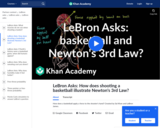
How does a basketball apply a force to the shooter's hand?
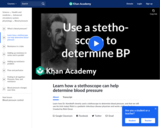
Learn how Dr. Korotkoff cleverly used a stethoscope to determine blood pressure, and that we still use his trick today! Rishi is a pediatric infectious disease physician and works at Khan Academy.
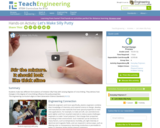
Students make two different formulations of imitation Silly Putty with varying degrees of cross-linking. They witness how changes in the degree of cross-linking influence the putty properties.
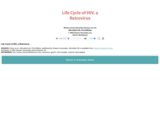
This "Life Cycle of HIV, a Retrovirus" learning object is the from the Sumanas resource series. Sumanas offers a robust selection of content and services that are directed at enhancing the learning experience.
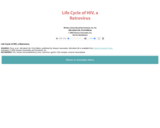
This "Life Cycle of HIV, a Retrovirus" learning object is the from the Sumanas resource series. Sumanas offers a robust selection of content and services that are directed at enhancing the learning experience.
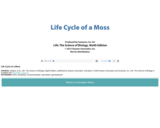
This "Life Cycle of a Moss" learning object is the from the Sumanas resource series. Sumanas offers a robust selection of content and services that are directed at enhancing the learning experience.
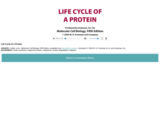
This "Life Cycle of a Protein" learning object is the from the Sumanas resource series. Sumanas offers a robust selection of content and services that are directed at enhancing the learning experience.
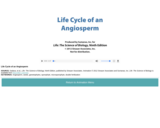
This "Life Cycle of an Angiosperm" learning object is the from the Sumanas resource series. Sumanas offers a robust selection of content and services that are directed at enhancing the learning experience.
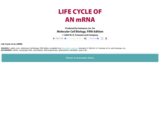
This "Life Cycle of an mRNA" learning object is the from the Sumanas resource series. Sumanas offers a robust selection of content and services that are directed at enhancing the learning experience.
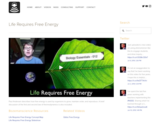
Paul Andersen describes how free energy is used by organisms to grow, maintain order, and reproduce. A brief discussion of the first and second law of thermodynamics is also included.
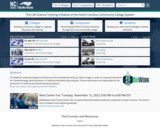
BioNetwork provides high-quality economic and workforce development for the biotechnology and life science industries across North Carolina through education, training, and laboratory resources.

This "Light-Driven Ion Pumps and Sensors" learning object is the from the Sumanas resource series. Sumanas offers a robust selection of content and services that are directed at enhancing the learning experience.
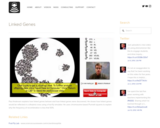
Paul Andersen explains how linked genes behave and how linked genes were discovered. He shows how linked genes would be reflected in a dihybrid cross using a fruit fly simulator. He uses chromosome-based Punnett squares to explain why the frequency of recombination is less that 50%.

In this video Paul Andersen describes the lipids (of the fats). He explains how they are an important source of energy but are also required to cell membranes. He explains how the hydrocarbon tails in triglycerides contain energy available for life. He also explains how phospholipids construct, and cholesterol molecules main the cell membrane.
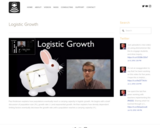
Paul Andersen explains how populations eventually reach a carrying capacity in logistic growth. He begins with a brief discussion of population size ( N ), growth rate ( r ) and exponential growth. He then explains how density dependent limiting factors eventually decrease the growth rate until a population reaches a carrying capacity ( K ).